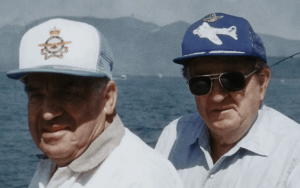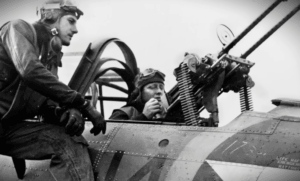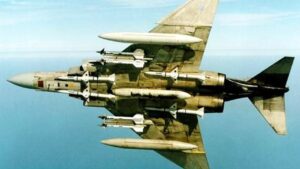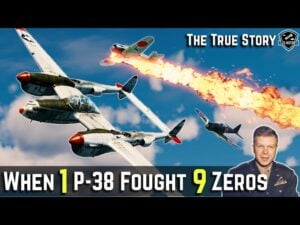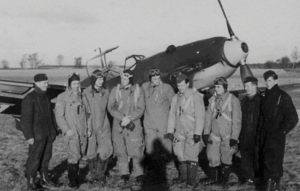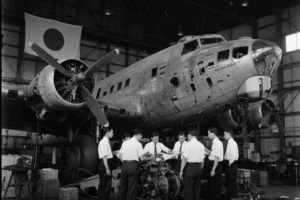Witness the Restoration of a WWII Spitfire Aircraft
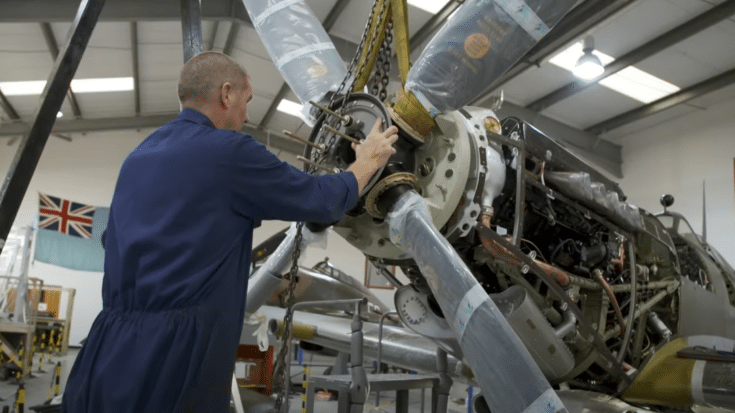
Machina / YouTube
For years, the Spitfire was one of the deadliest planes in the sky. Today, it continues to be popular, embodying courage and victory. At one of Britain’s historic wartime airfields, a team is bringing this legendary fighter plane back to life.
There, amidst the wreckage, someone purchased a Spitfire. Over nine months, a small group of engineers would work tirelessly to rebuild Spitfires. They would study historical techniques and use the original plans, tools, and methods from the 1940s. The team worked on challenging tasks, from finding and restoring original components to making sure these planes could fly again, despite being on a tight budget and deadline.
The Biggin Hill Heritage Hangar: A Hub for Restoring Aviation History
This particular project takes place at the Biggin Hill Heritage Hangar, which attracts thousands of visitors yearly. Owner Peter Monk and his team are dedicated to restoring and maintaining veteran aircraft, including a 1940 Hurricane and a Messerschmitt Bf 109. While debates continue on which WWII fighter was the best, it’s the iconic Spitfire that keeps Peter’s business thriving.
For 17 months, Peter’s team worked on a £2 million restoration of a 1943 Mark IX Spitfire, initially owned by the Greek Air Force. The biggest milestone was the reuniting of the fuselage with the wings. Chief Engineer Franco led this critical operation, which involved careful alignment and fitting of a half-ton wing. The operation demanded precision and teamwork. After several attempts and adjustments, the wing finally fit perfectly in place.
Peter’s restoration business relies heavily on original spare parts. Sometimes, he goes to great lengths to acquire them, like the entire container of parts he purchased from Australia for $100,000, not knowing exactly what he would get. This particular container revealed valuable finds like control columns, brake valves, and undercarriage legs, which are rare and essential for restorations.
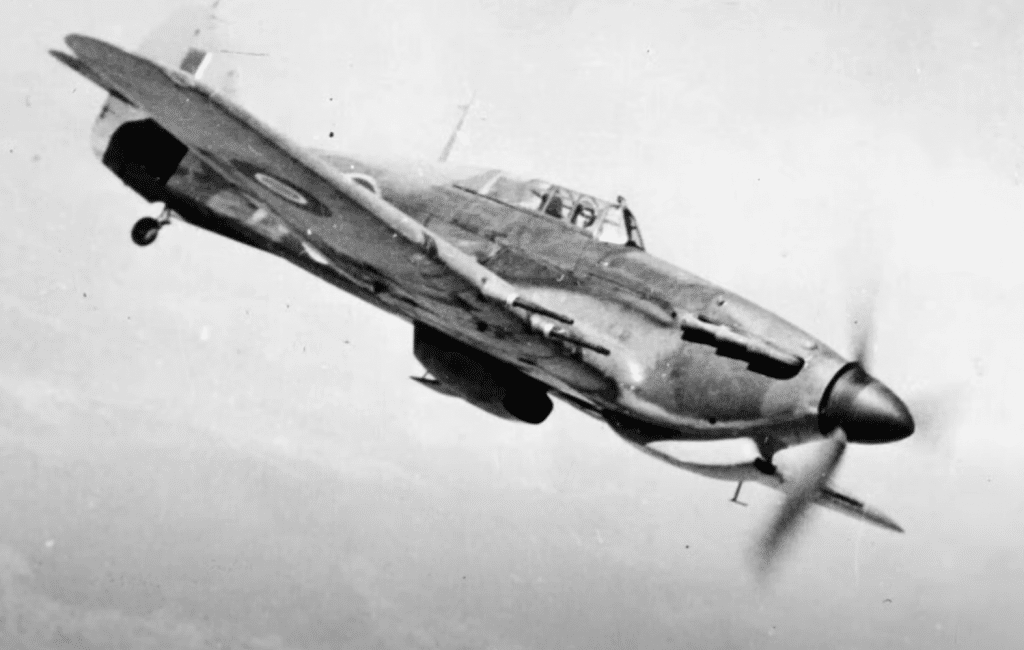
Preserving History Through Unearthed WWII Artifacts
Among Peter’s most prized possessions are parts from crashed WWII aircraft, which he displays at the hangar. These stories of crashes and the remains of the aircraft provide a tangible connection to history. One notable example is an engine that was buried 25 feet into the soil after a crash in 1942. Such engines are often unearthed by dedicated enthusiasts and archaeologists.
One excavation, led by Gareth Jones and Steve Vizard, sought the remains of a Hurricane in a farmer’s field in Kent. This Hurricane was piloted by Desmond Fopp, who crash-landed and survived in 1940. The dig revealed several key parts and even the engraved name “Fopp” on an oxygen connector, confirming the aircraft’s identity.
At the Spitfire Factory, work on the Greek Spitfire continues. Enthusiasts like Gary meticulously install hydraulic pipework and other essential components. Using as many original parts as possible is vital, but safety and functionality come first. Gary replaced corroded pipes to ensure the restored aircraft would be safe.
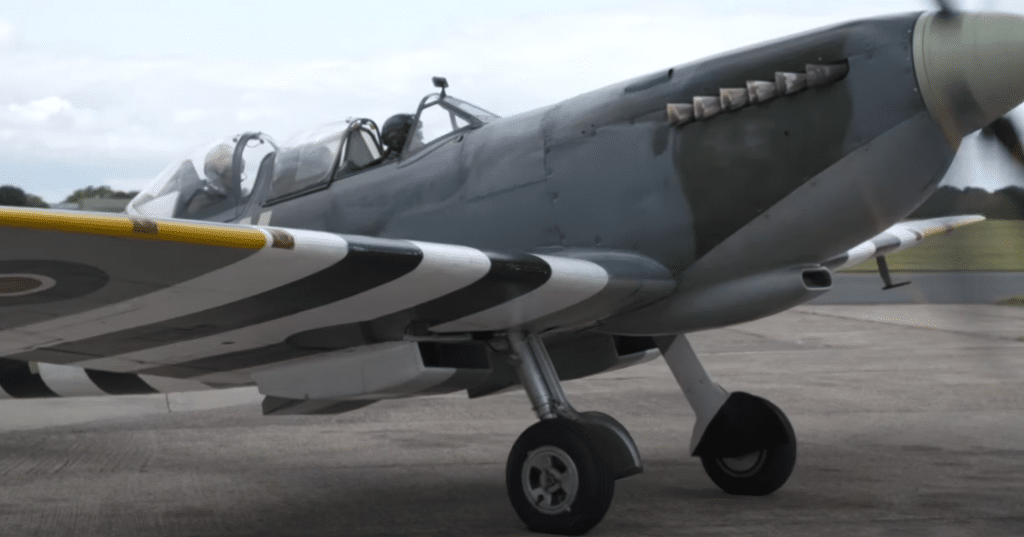
The Legacy of WWII Heroes and Their Aircraft
During WWII, Spitfires and Hurricanes were crucial in defending Britain against German forces. The Hurricane, often overshadowed by the Spitfire, played an equally important role. One of the last surviving members of Churchill’s Few, Archie McInnes, cherished the Hurricane for its reliability and responsiveness. Despite its fabric-covered body, which could take severe damage and still fly, the Hurricane was a sturdy and stable aircraft.
Archie, who lived to be 100, was invited to the Spitfire Factory for a special flight in a two-seater Spitfire. However, shortly before his scheduled visit, he fell ill. In his honor, the team at the factory signed a card for his 100th birthday.
Another special guest, George Dunn, who piloted the Greek Spitfire back in 1947, visited the factory. George was thrilled to see the restoration progress and even got to fly in a Spitfire once again. For George, taking the controls of a Spitfire after 73 years was an unforgettable experience.
The restoration of these aircraft is not just about mechanics and engineering; it’s about preserving history.
Watch the full video below:














